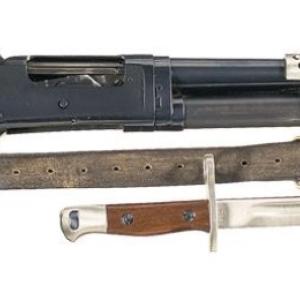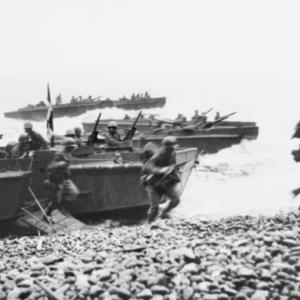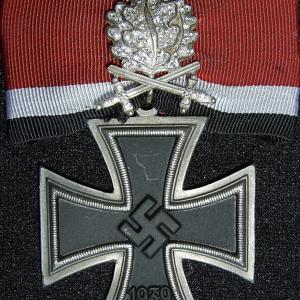
Churchill Tank
The Churchill tank, officially designated the Infantry Tank Mk IV, was one of Britain’s most iconic and heavily armoured tanks of the Second World War. Designed to support infantry assaults rather than exploit breakthroughs like cruiser tanks, the Churchill was notable for its thick armour, ability to navigate difficult terrain, and long service life. Its development was rooted in the early years of the war when Britain feared a German invasion and urgently needed a heavily armoured vehicle to support troops in rugged or urban environments.
The tank was named after Prime Minister Winston Churchill, though he was not directly involved in its design. Its conceptual development began in 1940, under the influence of the earlier Matilda II and A12 Matilda tanks. The Nuffield Organisation, which had worked on several British tank projects, initially led the development, but the final design was undertaken by Vauxhall Motors. Vauxhall was given just a year to develop and produce the vehicle after the fall of France when fears of a German invasion were at their peak. They managed to produce the prototype in just a few months, showcasing both the urgency and industrial capacity of wartime Britain.
Over the course of the war, around 5,640 Churchill tanks were produced between 1941 and 1945. Vauxhall Motors manufactured most of these at their Luton factory, but other companies such as Broom & Wade and Leyland Motors contributed to production as well. The first operational model, the Churchill Mk I, was rushed into service in 1941, but it suffered from early mechanical issues. These were gradually corrected in later marks, and by the time of the Churchill Mk VII, the tank had evolved into a robust and reliable fighting machine.
In terms of armament, the Churchill’s configuration changed significantly over time. The earliest versions, such as the Mk I, were equipped with a 2-pounder (40 mm) gun in the turret and a 3-inch howitzer in the hull. This was later replaced by more effective weapons. The Mk IV carried a 6-pounder (57 mm) gun, which gave it better anti-tank capabilities, while the Mk VII and Mk VIII were armed with the more powerful British 75 mm gun, adapted from the American M3 design. These later versions were capable of firing high-explosive shells, making them more versatile against infantry and fortifications.
The Churchill's armour was one of its most distinctive and valued features. While early models had up to 102 mm of frontal armour, the later Mk VII models were fitted with up to 152 mm of armour on the front hull and turret, making them among the most heavily armoured Allied tanks of the war. This thickness gave them excellent protection against German anti-tank guns, especially in the close-support roles they were often tasked with. The tank's track and suspension system, which wrapped around the entire hull, allowed it to climb steep slopes and cross difficult terrain, a valuable attribute in the mountainous and built-up battlefields of Italy and Normandy.
A typical Churchill tank was operated by a crew of five: the commander, gunner, loader, driver, and co-driver or hull machine gunner. The interior of the tank was relatively cramped but functional. Communication between the crew was achieved through voice tubes and later radio systems, and the commander's position allowed for decent situational awareness compared to earlier British tanks.
The Churchill tank gained a mixed reputation. Its early performance was hampered by mechanical unreliability and underwhelming firepower, but as it was upgraded, it became a highly dependable vehicle. In combat, the Churchill proved its worth particularly in difficult terrains such as the Italian campaign, where its climbing ability was unmatched. It also performed well in Normandy, where its thick armour allowed it to absorb significant punishment. Specialised variants such as the Churchill Crocodile, which mounted a flamethrower in place of the hull machine gun, and the AVRE (Armoured Vehicle Royal Engineers), equipped with a petard mortar for demolishing bunkers, showcased the tank's adaptability.
Despite being slower and less mechanically advanced than many German counterparts like the Panther or Tiger, the Churchill fulfilled its intended role effectively. It was never meant to be a tank-on-tank duelist but rather a close-support vehicle to accompany infantry. In that role, it excelled, particularly in supporting assaults on fortified positions.
By the end of the war, the Churchill had proven itself as a tough and versatile tank. While it never achieved the fame of the American Sherman or the German Panzer IV, it held a critical place in British armoured doctrine. Its unique combination of heavy armour, reliability in rugged terrain, and adaptability to specialist roles made it one of the most important British tanks of the Second World War.










